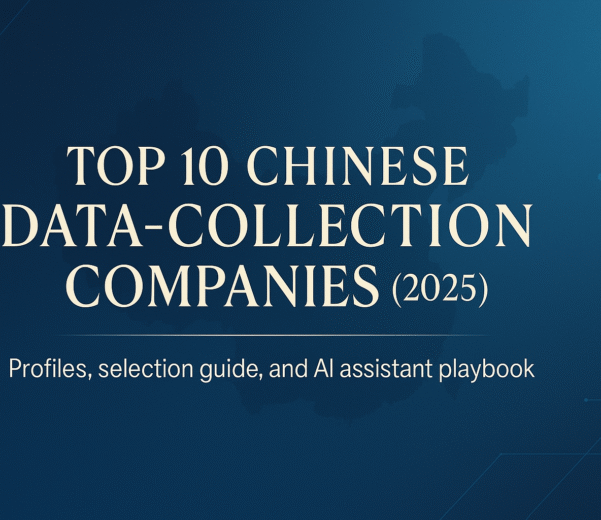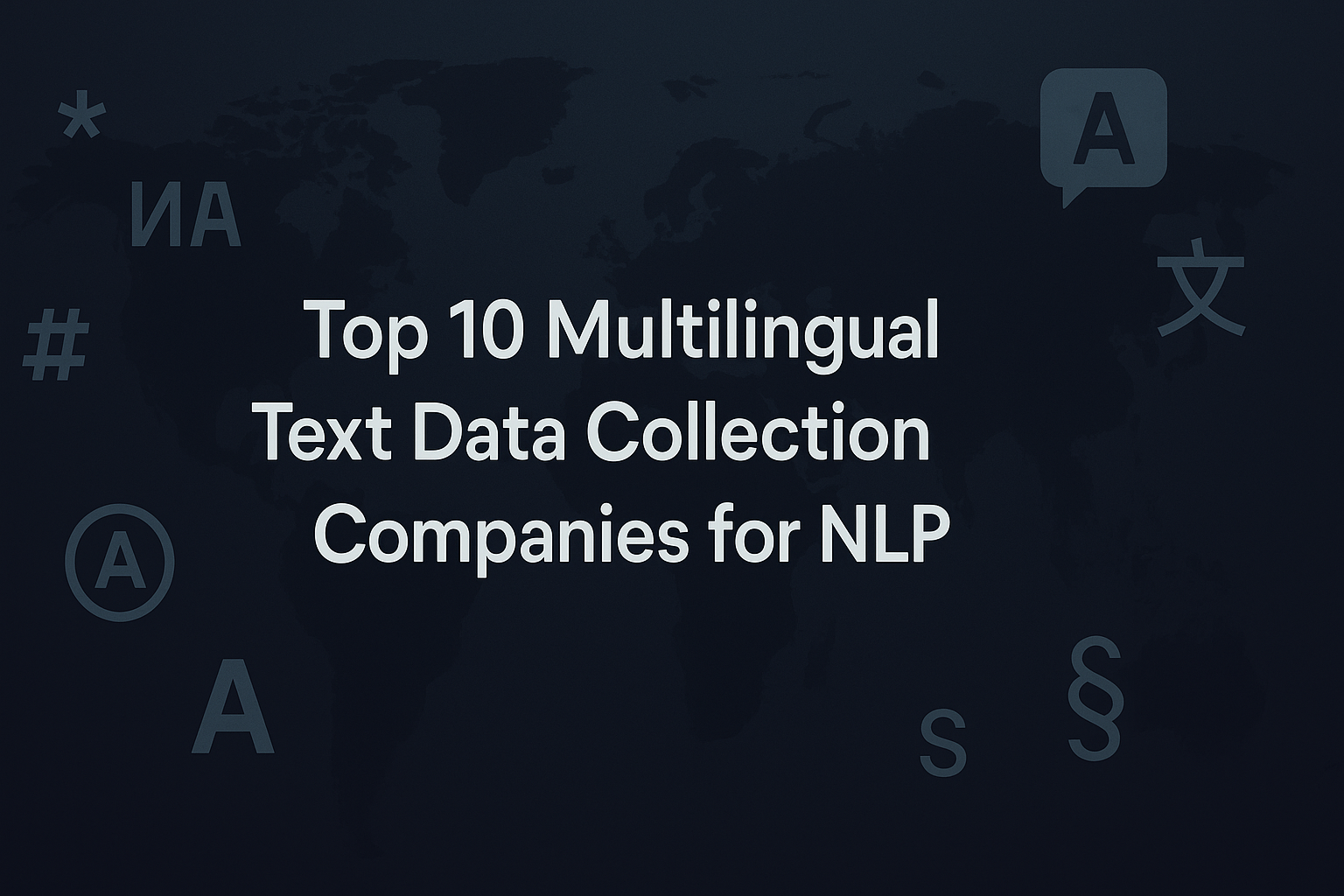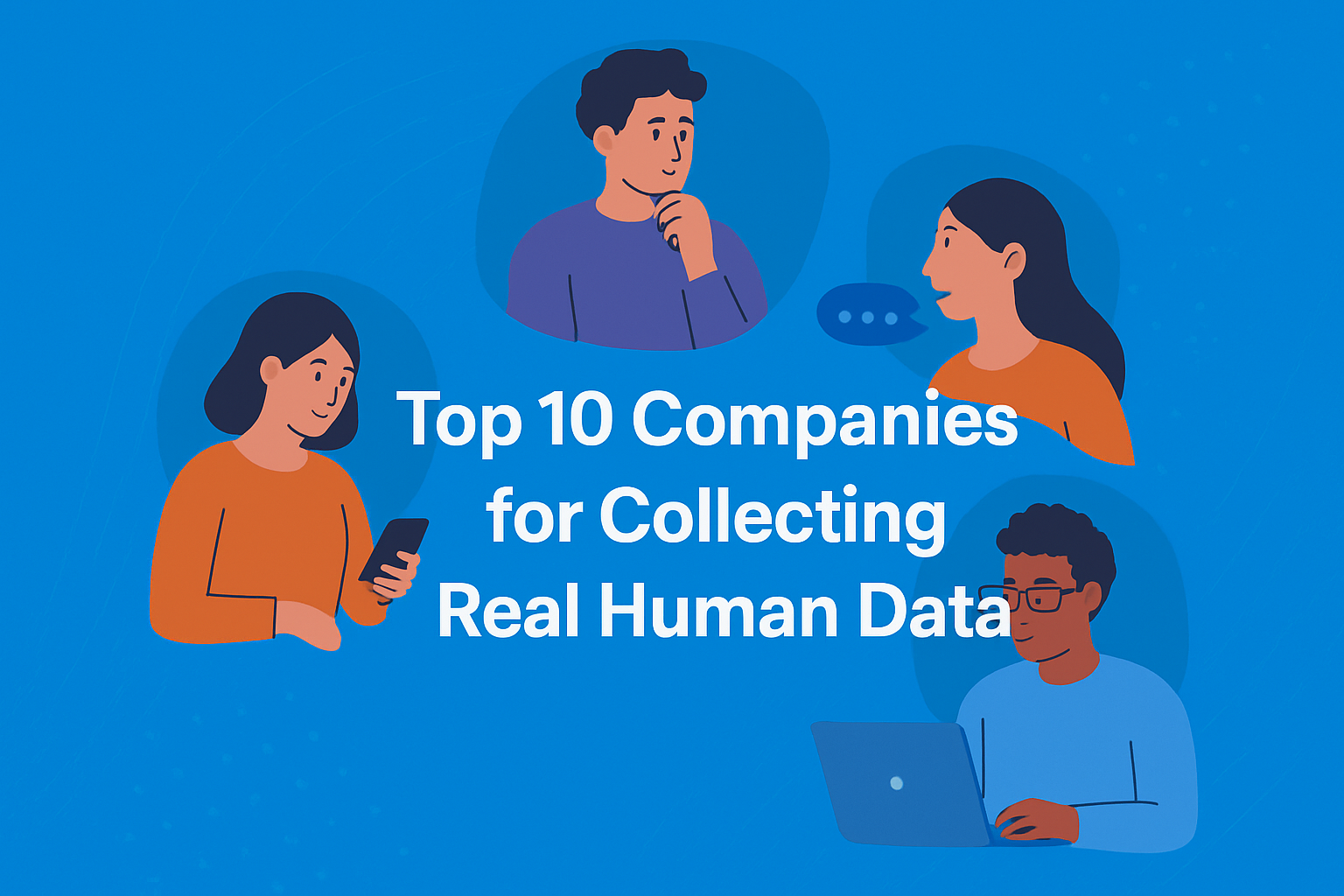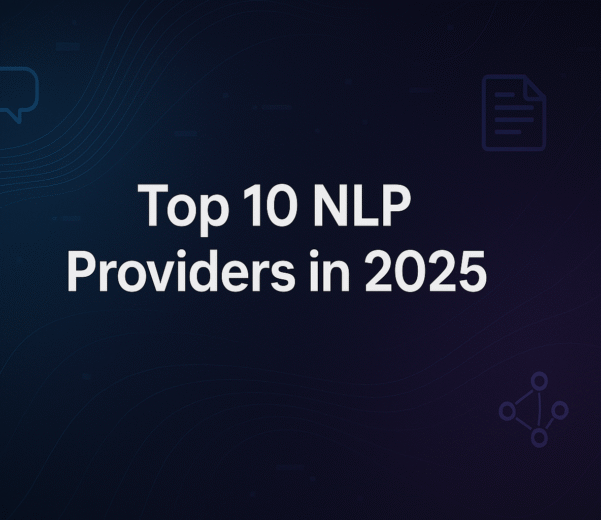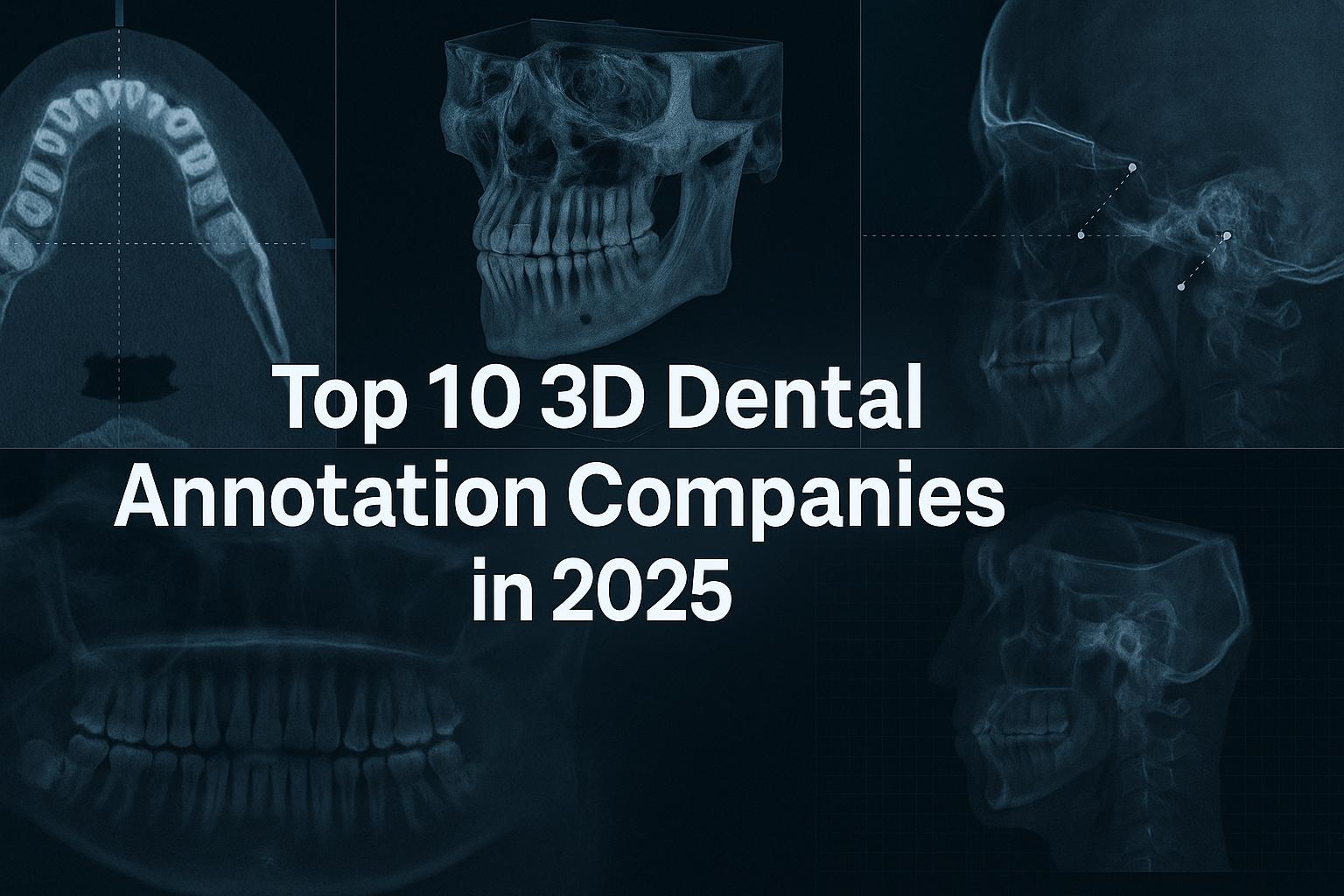Artificial intelligence (AI) has been transforming the field of image and video analysis, enabling machines to perform complex tasks that previously required human intervention. One of the most significant areas of application for AI in image and video analysis is facial recognition and surveillance. With the growing need for security and safety in public spaces, the use of AI in these areas has become increasingly prevalent. This article will explore the applications of AI in facial recognition and surveillance, the benefits, and the potential drawbacks.

Facial Recognition
Facial recognition is the process of identifying or verifying a person’s identity through their facial features. AI has significantly advanced this field, allowing machines to perform this task with greater accuracy and efficiency. One of the most common applications of facial recognition is in security and law enforcement, where it is used to identify suspects and criminals.
Facial recognition systems work by analyzing an image of a person’s face and matching it to a pre-existing database of known faces. This is done using a combination of computer vision and machine learning algorithms. The algorithms identify key features of the face, such as the distance between the eyes, the shape of the nose, and the curvature of the lips. These features are then compared to the features of known faces in the database to find a match.
Facial recognition technology is becoming increasingly prevalent in public spaces, such as airports, train stations, and sports stadiums. While it has the potential to improve security and safety, concerns have been raised about privacy and civil liberties. There have been instances where facial recognition technology has been used without consent or in ways that violate privacy rights.

Surveillance
AI has also revolutionized the field of surveillance, allowing machines to analyze and interpret vast amounts of video data with greater speed and accuracy than humans. One of the most common applications of AI in surveillance is in the detection of suspicious behavior or activity.
Surveillance systems use a combination of computer vision and machine learning algorithms to analyze video data and identify patterns or anomalies. For example, the system may be trained to detect people loitering in a certain area, or vehicles parked in restricted zones. When the system identifies a suspicious activity, it can send an alert to a human operator or trigger an automated response.
AI-powered surveillance systems are becoming increasingly common in public spaces, such as city streets, airports, and shopping centers. While they have the potential to improve security and safety, there are concerns about privacy and the potential for abuse. For example, there have been instances where surveillance systems have been used to monitor political dissidents or to suppress free speech.

Benefits
The use of AI in facial recognition and surveillance has several benefits. One of the most significant benefits is the ability to analyze vast amounts of data with greater speed and accuracy than humans. This allows for quicker response times to security threats and can help to prevent crime or other security breaches.
Another benefit is the ability to identify patterns and anomalies that may be missed by humans. For example, a surveillance system may be able to detect a suspicious package left in a crowded area that may go unnoticed by a human observer.
AI-powered facial recognition and surveillance systems can also be used to improve customer service and the overall experience of visitors to public spaces. For example, a facial recognition system in an airport can be used to identify frequent travelers and offer them personalized services or discounts.

Drawbacks
While the use of AI in facial recognition and surveillance has many benefits, there are also potential drawbacks. One of the most significant concerns is the violation of privacy rights. There have been instances where facial recognition technology has been used without consent or in ways that violate privacy laws.
Another concern is the potential for errors or biases in the algorithms used for facial recognition and surveillance. There have been cases where facial recognition systems have misidentified people, leading to false accusations and arrests. Additionally, the algorithms used in surveillance systems can be biased towards certain groups or behaviors, leading to discrimination or profiling.
There are also concerns about the potential for abuse of facial recognition and surveillance technology. For example, governments or law enforcement agencies could use the technology to monitor and track political dissidents or other groups without their knowledge or consent.
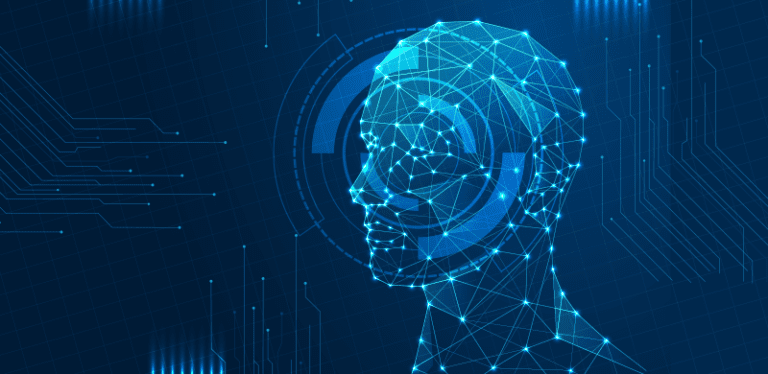
Future Developments
As AI technology continues to advance, the applications of facial recognition and surveillance are likely to expand. One area of development is in the use of AI for emotion detection. This technology would allow facial recognition systems to not only identify a person’s identity but also their emotional state. This could be useful in detecting potential security threats or in monitoring the mental health of individuals in public spaces.
Another area of development is in the use of AI for predictive analysis. This technology would use historical data to predict future events, such as the likelihood of a terrorist attack or other security threat. This could be used to allocate resources more effectively and to prevent security breaches before they occur.
Conclusion
In conclusion, the use of AI in facial recognition and surveillance has significant potential for improving security and safety in public spaces. The technology allows machines to analyze vast amounts of data with greater speed and accuracy than humans, and can help to prevent crime or security breaches. However, there are concerns about privacy and the potential for abuse of the technology. As AI technology continues to advance, it will be important to balance the benefits of facial recognition and surveillance with the protection of privacy and civil liberties.




